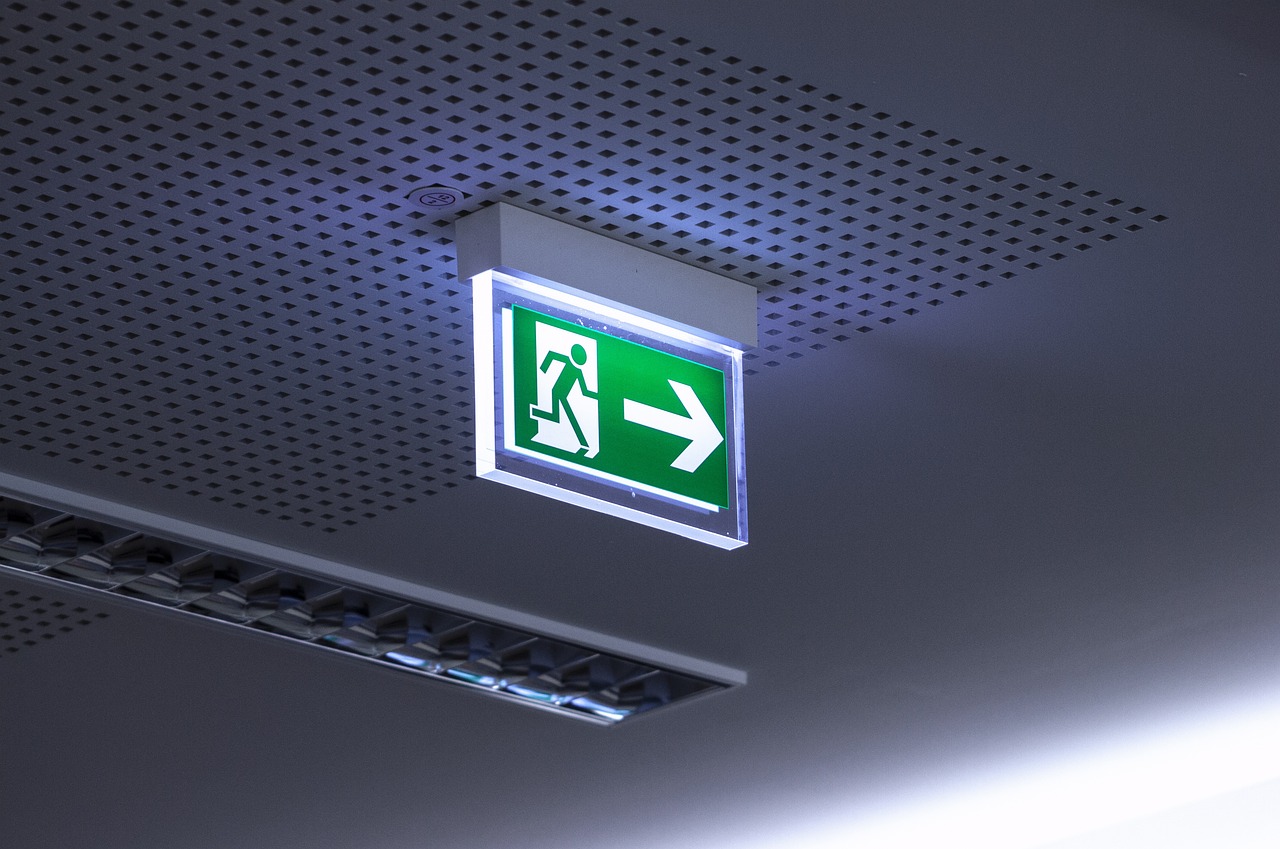Ensuring that your premises are equipped with the relevant fire doors that will slow the spread of fire and that these doors are compliant with all of the latest safety regulations is essential for all businesses. With this in mind, let’s take a look at the requirements of high quality fire protection doors, including fire shutter doors, and the regulations that govern them.
What is a fire door?
A fire door is an important component of the passive fire protection system within any building. This is a specialist type of door that prevents the spread of fire, smoke and toxic gases during a fire. It Is also designed to allow for the safe evacuation of the building and enables firefighters to be able to control the fire more effectively. Fire doors play a very important role when it comes to safeguarding lives and property in the event of an emergency.
The legal requirements for a fire door
Depending on local building rules and the country you are in, the legal requirements regarding fire doors can vary. In the UK you will find the appropriate regulations in the Building Regulations 2010 and the Fire Safety Order 2005. These regulations state that all multi occupancy, commercial and public buildings are required to have appropriate fire safety measures in place. These include the installation and then the maintenance of all types of fire doors.
Fire doors must comply with British Standard BS 476-22:1987. The standard rests on the resistance of the doors to document how long a door can withstand fire. This is measured in minutes.
In the UK, fire doors are required on any escape routes, such as corridors and stairwells, in fire-resistant enclosures, in any openings in fire-resistant walls, and in high-risk areas – those areas where there is a greater risk of a fire, for example, a kitchen.
Fire door inspection requirements
It is a relatively recent requirement but The Fire Safety (England) Regulations 2022 made it a requirement that from the beginning of January 2023 that those individuals who are responsible for any multi-occupied residential buildings in England that has storeys and is over 11 metres in height must undertake checks of all fire doors in common areas on a quarterly basis. These should include annual checks on all entrance doors to flats when they lead onto communal areas.
Under the regulations, it is also required that in multi-occupied residential buildings, information regarding the importance of fire doors should be provided to those who live there.
The following are things that are assessed as required during a fire door inspection:
· Clear and accurate labelling
· Intact seals
· Self-closing mechanisms with no obstructions
· Latching that closes securely and engages properly
· Hinges that have all their screws
· No gaps or misalignments
· Some fire doors have glass panels, and this must also be fire-resistant and installed properly
· Certification that shows it follows the relevant fire safety standards
Other requirements
All types of fire doors must be installed by professionals who are fully trained. This will ensure that they comply with all the regulations and that the resistance of the fire door is maintained. Using fully qualified professionals will help to ensure that the door has a proper frame fit, all of the seals are installed properly, that the door has appropriate hardware that is fire-rated. Plus, it will ensure that the door itself is fully compliant with the fire safety regulations.
As important as the correct installation of your fire door is, regular maintenance is also essential to ensure that the door is always in the best working order. This is work that should be carried out by a competent professional and according to the guidelines supplied by the manufacturer.





















